SummaryAirport Rating N/A Reception of locals ***** Cost: ££££
Workshop of the worldIt's been over five years since I launched this website, and I've always been a little ashamed that I've never found the time to post about one of the closest cities to where I grew up. There are other cities and towns closer to me but you see, when I was young, for me and my friends, Birmingham was the big city. I didn't like it at first. Local rivalries are strong. People from Birmingham (brummies) seemed more street smart and sharper. Their accents sounded different, even though it's a short 20 minute drive from where I was born and grew up. I know it sounds weird to the rest of England, but Birmingham people seemed more refined, the way they pronounced laugh (larf) made them sound more southern than they actually were (we pronounce it laf). But as I grew older I ended up studying there (in two universities after I got kicked out of one), working behind the bar of the biggest club in the city, and then getting a job there for a short time after graduation. By the time I left, the city felt like my second home. And I've grown to love a city that 500 years ago was just a regular market town, not even the largest in its county, very much in the shadow of more fashionable neighbouring cities. But then something strange happened. Unlike other large cities in the UK and Europe, Birmingham found itself not governed by a local elite as a consequence of the English Civil War. Devoid of a significant landed gentry, the city became a hub of social mobility and pluralism, as innovators, merchants and intellectuals came to Birmingham to make a name for themselves, without being held back by old connections or exorbitant local taxes. The presence of this new money through new thinking created a political radicalism that led to further freedoms for people and for business. It led to a sort of virtuous cycle that promoted a freedom unlike anywhere else in the world. It was these changes - the pluralism, the inclusivity, the lack of a cultural or economic elite - that provided the foundation for the biggest change in human history, the Industrial Revolution. By the end of the 18th century, Birmingham was the world's first industrialised city. Combined with the nearby Black Country consisting of Dudley, Wolverhampton, Stourbridge and Walsall, Birmingham became the Workshop of the World. Unlike its northern neighbours that industrialised later, like Manchester and Liverpool, Birmingham wasn't focused on one good (i.e. textiles) but built all sorts of goods that were then exported across the UK, and later, the British Empire. It was the place where the steam engine was invented, the birthplace of the modern chemical industry and home of the factory system. The Birmingham and Black Country area continued political radicalism to ensure greater voting rights for the new class of inventors and merchants. By the end of the 19th century, Birmingham was one of the biggest cities in the world, although not without problems. It was also one of the most polluted (that's how the nearby Black Country got its name) and income inequality was growing. Nevertheless, it got through the early 20th century in relatively good order, despite being a focal point of German bombing in the Second World War - known as the Birmingham Blitz. Panjabi Sikh immigrationIt's no surprise then, that Birmingham became a magnet for commonwealth immigrants, particularly from Panjab. After fighting for Britain during two World Wars, the shortage of manpower in British factories meant that the same soldiers were called again by Britain, this time to work in factories - and no city had more of those than Birmingham. While many Sikhs settled in Southall near to the airport in which they landed (Heathrow), many others ventured north to the Midlands to work in its many factories. Sikhs had landed in the UK decades earlier, in fact the first Sikh, the deposed Maharaja, Duleep Singh, was officially the first Sikh in the UK 100 years earlier. But it was during the 1950s that Sikhs started to come over in larger numbers. A lot of Sikhs settled in Birmingham and Wolverhampton (my grandad and a young dad were two of them). The earliest Gurdwaras were in people's houses but pretty soon the community outgrew the small facilities. As the diaspora grew larger, dedicated Gurdwaras were built and the first in the Midlands was built in the early 1950s in Smethwick (it's still one of the largest), followed by Gurdwaras in Wolverhampton, Dudley, Handsworth and Walsall. All of these towns retain significant Sikh populations and multiple Gurdwaras in the 21st century. The Sikhs got to work in the factories and found themselves living in large family groups in areas that looked more like Panjab than they did England. In the second half of the 20th century, places like Handsworth and Smethwick (and the nearby settlements of Walsall, Wolverhampton and West Bromwich) were full of colourful dastaars and businesses catered exclusively to serve the diaspora. Soho Road became a cultural centre, at one time having the largest Gurdwara outside of the subcontinent, as well as becoming the home of bhangra music. In the 1980s and 1990s some of the biggest bhangra artists and producers in the world called Birmingham and the nearby city and borough of Wolverhampton and Sandwell home. Soho Road became more than just a busy road in Birmingham, it became a part of the British Panjabi psyche, it became the subject of bhangra songs, and for a time Sikh identity. By the end of the 20th century, the Birmingham (Handsworth) Nagar Kirtan that passed through Soho Road was the largest gathering of Sikhs anywhere outside of the subcontinent. The concrete jungleUnfortunately for the new Sikh immigrants, they began arriving in Birmingham just as the city began the process of deindustrialisation. Once the centre of manufacturing, the city was overtaken by cities with newer, more efficient machinery in Europe and the Americas, as well as cities with cheaper labour in Asia. The bombed out Birmingham was also redeveloped in the horrible brutalist architecture of post-war Britain and so began its miserable reputation as the ugliest city in the UK. By the 1970s, Birmingham was heading toward collapse, unemployment was high and race riots had become normal. Smethwick and Handsworth, the two centres of the Panjabi diaspora witnessed some of the earliest and most violent race riots in the UK. The more riots there were, the more the community huddled together in enclaves. In the mid 1970s, Idi Amin's expulsions of South Asians in Uganda brought to Birmingham a new type of Panjabi Sikh immigrant. Unlike the first wave in the 1950s, this second group was well off, well connected and business minded. Combined with the hard working mentality of the first generation, Sikhs quickly began climbing the economic and social ladder. This resulted in the construction of enormous Gurdwaras throughout the Midlands - there's hardly a town in the West Midlands that doesn't have at least one big Gurdwara. The mid 1980s bought a third wave of Sikh immigrants (of which my mom was a part), these coming off the back of the Sikh Genocide in India. This third group was more politically minded and has grown to become the most influential in the Midlands. In fact, the West Midlands area is among the most panthic in the world. By now the Sikh diaspora had made a significant mark in the UK. From the ability to carry kirpaans, to exemptions for wearing a helmet on motorcycles, to being legally designated as a separate race under UK law. It's been the combination of these three groups that has contributed to Sikhs becoming one of the most successful ethnic groups in the UK (although that economic success missed the first generation of my family!). While Sikhs prospered, Birmingham continued its decline. The policies of Margaret Thatcher gutted the city (as well as northern neighbours) of any remaining industry. Most Sikhs (and broader folk from the Midlands and the North) hate her and her policies to this day. It was still undoubtedly the UK's second city, but its reputation wasn't fantastic, reaching a particular low in the 1980s and 90s. The city and its people had negative connotations - the Birmingham accent was regularly voted the second least employable and the second least attractive in the UK - the accent of my area was voted the worst on both counts in case you're interested. Successful Sikhs began moving out of places like Handsworth and Smethwick, and into middle class suburbs like Solihull and Sutton Coldfield, as well as outside the city to Leamington Spa, Warwick and Wolverhampton (in each of these cities, Sikhs are the second largest ethnic grouping today after 'White British'). Today, while both Smethwick High Street and Handsworth's Soho Road are book-ended by large Gurdwaras, and while most shops retain Sikh owners, the demographic has shifted. While many Sikhs still call it home, new waves of immigrants are beginning to leave their mark on this dynamic city. The largest Gurdwara in the UK isn't in Birmingham anymore, but in London (Southall), and the largest gathering of Sikhs is in Yuba City in the United States. Meanwhile, Canada has taken up the mantle as the cultural hub of the Sikhs with Surrey and Brampton the Canadian equivalent of Smethwick and Handsworth (and they're doing an amazing job out there!). The resurrectionA city like Birmingham, with its history of invention and reinvention doesn't stay down for long. At the turn of the 21st century, and sick of being the butt of so many jokes, the city began a long slow process of regeneration. At first the changes were small - the building of new clubs and centres for entertainment. And then the changes started to speed up. The 2003 construction of the Bullring, at the time Europe's largest shopping centre, was the moment things started changing for the city. On opening, it was the busiest shopping centre in the UK, and its futuristic and iconic design of the Selfridges store became a symbol and landmark of the city. The Bullring felt ahead of its time. This coincided with development around the Masshouse area, a few minutes walk away which made the city feel a little more open and clean. By the time the city was awarded the 2022 Commonwealth Games, Birmingham was unrecognisable from the city that entered the 21st century. Gone are the concrete overpasses and brutalist buildings. In its place are new modern buildings that mix well with the remaining Victorian architecture in the city. Big roads have given way to pedestrianised squares - the city feels modern and global. The demographics have added a dynamism that not many other cities have. Not only is it culturally diverse, but it is also the youngest major city in Europe. While most of these young people are local folk, there's been a large increase in young professionals moving to the city from London, priced out of living in the expensive capital city. And Sikhs continue to play an important role in the city. Mr Singhs, the famous vegetarian pizzeria had its start in Smethwick, while some of the UK's largest Sikh charities (which I've written about here) call either Birmingham or the surrounding areas of Sandwell, Walsall, Wolverhampton or Dudley home. These areas have also led the way in the explosion of the Panjabi mixed grill, an institution that in the past 5 years has seen mixed grill places open up in almost every Midlands neighbourhood and crossed over into the British mainstream. The largest and most established of them call Birmingham home. I might be biased, but right now, I would put the city centre of Birmingham against any second city in Europe and I think it would hold its own. More canals than VeniceThere's a few facts about Birmingham that aren't well known, but are definitely surprising. For example, did you know that Birmingham has more parks than other city in Europe? It has 571 covering over 14 square miles. Did you know that it has the largest urban park in Europe? If you read my article on the Royal Parks of London, you'll know how impressive those parks are, but they pale in comparison to Sutton Park in Birmingham. Did you know the city has more trees than Paris? There's over 6 million trees in Birmingham, that's 6 trees for every person. But the fact that really blows people's minds - did you know that Birmingham has more miles of canals than Venice? Well, it's true. During the 18th and 19th centuries, an extensive canal network was created to help transport goods around the city and further afield. The advent of the steam engine, and then the automobile meant that canals were used less frequently and by the 20th century were in a state of neglect. While in Venice canals are an important way of getting around, in Birmingham you don't really need canals to access buildings and landmarks, and there are more efficient ways of getting around the city. However, the city has recently begun an extensive regeneration project entered around the way Birmingham makes use of its canals. They are now the city's most beautiful feature and I love going for a walk along the canals. Not only are the canals back in use as a way of seeing different parts of the city, or just relaxing on canal boats - but they have become a central part of city life. Bars and restaurants have opened on the banks of the canals bringing more and more people to the water's edge. Complexes like the Mailbox and particularly Brindleyplace are focused around the canals. They're particularly nice to walk during the early mornings and evenings, and are quite busy during lunchtimes and the hours straight after work. For me, the real beauty of the city is its extensive canal network. There aren't too many cities in the world that can boast the canal mileage of Birmingham and it's great to see the city take advantage of it. It reminds of the Chicago Riverwalk that I visited (which you can read about here) and is an excellent example of regeneration work done well. City, Jewellery Quarter, Chinatown and DigbethBirmingham's most prestigious and exclusive area is known as Colmore Row, and it's the equivalent of the Square Mile in London (which you can read about here). The neighbourhood has a fantastic combination of modern skyscrapers and older Victorian and Edwardian era buildings. This is where you find much of the city's financial, legal and services firms (although there's a sizeable contingent in Brindleyplace too). Walking through the smaller street of Colmore Row makes you feel like you could be in a posh London neighbourhood. It's an area that has seen substantial development in the last couple of decades and is a now a hub for working professionals. The Jewellery Quarter lies a short walk from Colmore Row and is a decent sized neighbourhood (about 1 kilometre square) which has the largest concentration of jewellers in Europe. Some statistics suggest that almost half of the jewellery produced in the UK is made here. While the jewellery trade still serves an important function, it's recently become an area of creative industry, while the large number of 19th century buildings make it a destination for tourists. It's also become a nice place to live, with young professionals choosing the neighbourhood for its proximity to the city centre, while retaining its separate bubble like feel as a small village. The influx of residents has given rise to a vibrant nightlife. The bulk of Birmingham nightlife is centred around Chinatown and Digbeth. I've visited a number of Chinatowns around the world and I'll be honest, the one in Birmingham isn't that great, with a pagoda and a few buildings with Chinese architectural features. It is, however, where Birmingham's nightlife is concentrated. Digbeth is special. It's the Birmingham equivalent of Williamsburg or Shoreditch. In 2018 it was voted the 'coolest neighbourhood in Britain' by a national newspaper. Formerly the warehouse district, Digbeth was a relatively poor part of Birmingham where the city's large Irish population lived - it still has the largest St. Patrick's Day parade in the UK. Today the area is full of old warehouses and industrial buildings that are slowly being converted into flats and entertainment venues. It's the home of British electronic music and has a thriving art scene. It's also going to be the terminus for a high speed rail connection to London which has spurred significant development and led to a large rise in house prices in the area. Largest library in the UKThe flagship project of Birmingham's regeneration scheme has undoubtedly been the Library of Birmingham. It's the largest public library in the UK, the largest regional library in the Europe and the largest public cultural space in Europe. And it is incredible. The Library of Birmingham is located on Centenary Square, a large redeveloped public square surrounded by the Birmingham Rep Theatre, Symphony Hall, the International Convention Centre and HSBC's UK headquarters. It replaced the old Central Library, a horrible concrete block that was a symbol of the city's architectural decline. The new design is bold, and it took me some time to get used to, but I absolutely love it now - it's definitely designed to leave an impression. In the evenings, the library looks even more spectacular when lit up, and its colour scheme often changes to celebrate an important day or event. But it's the inside where it really shines, an elegant mix of tradition and modernity. Standing on the escalators feel like you're being beamed up into a spaceship. The library is spread over 9 floors, and has a collection of almost 1 million books. This includes one of the largest and most important collections of William Shakespeare's work anywhere in the world. Honestly, if you are in Birmingham, make sure you visit the Library of Birmingham. Victoria and Chamberlain SquareCentenary Square backs onto Chamberlain Square, a small but beautiful part of Birmingham. The Square has been extensively redeveloped in the past couple of years in preparation for the Commonwealth Games. Gone are the concrete blocks masquerading as buildings, and in has come modern lightweight architecture that fits in well with the existing Victorian architecture. The centre of the square is the Chamberlain Memorial, a 20 metre high Victorian era fountain. On the perimeter is the Birmingham Museum and Art Gallery which is a listed building and the stunning Birmingham Town Hall. The Town Hall was opened in 1834 and is a Grade 1 listed building and it's probably my favourite building in the city. Built in a classical style, it looks like a structure you'd find in Ancient Greece. When it was built, the Town Hall dominated all around it, and almost 200 years later it still manages to hold its own. It's used primarily as a concert hall but is also used for graduations (including mine, when I finally managed it). Adjacent to Chamberlain Square is Victoria Square, the official 'centre' of Birmingham. It's the square where all the main roads and areas of the core city centre lead into. The focal point of Victoria Square is the Council House which is the local seat of government. Completed in the 1870s, the Council House is built in a classical style and together with the Town Hall and Museum and Art Gallery form some of the most beautiful buildings in the world. Yep, I said it. The Council House is imposing but fits well in its surroundings. During the winter it forms the backdrop of Birmingham's German Christmas Market. Which brings me onto my last surprising fact about the city. The Birmingham Christmas Market is the largest authentic German Christmas Market outside of Germany. I hope that by now you're getting the idea that not everything you've heard about Birmingham is true. Bullring and the MailboxI've spoken about the Bullring already, the iconic shopping centre that kicked off the round of regeneration that has completely transformed Birmingham from ugly concrete jungle, to a modern cosmopolitan city. When it was opened, it was the largest shopping centre in Europe and still remains the fourth busiest in the UK. While it's an impressive shopping centre, it's the architectural style that really stands out. The futuristic Selfridges building has become synonymous with the city, and it contrasts beautifully with the Grade II listed Victorian era St. Martin's Church which rises in the background of the shopping centre. While everything around it has changed, the Church stands in the same place - a throwback to a time when Birmingham was the workshop of the world. The area around the Bullring is full of shops, including the world's largest Primark Store. Some of this area is beautiful, while other parts are a little more run down. An area that is definitely not run-down is the upmarket Mailbox a relatively new addition to the city filled with luxury designer stores and offices, as well as being the home to BBC Birmingham. While the Mailbox's tenants sell products way out of my price range, it's a good place to come and relax as it backs onto canals with a whole load of bars and restaurants. Directly behind the Mailbox is the iconic Cube. Built in 2010, this 25 storey building dominates the Birmingham skyline, and does so in a beautifully unique architectural style. The Cube consists of flats, offices, bars and restaurants and has a viewing platform at the top from where you can see the entire city. It's another one of my favourite buildings in Birmingham - and while there are many other buildings around the world that look like Birmingham Town Hall, the Cube is uniquely Birmingham in its design. The heart of EnglandBirmingham is located at the heart of England, between the northern powerhouses of Liverpool, Manchester, Sheffield and Leeds, and the UK's capital city, London. Its place in the UK is one of the reasons for its economic success, and this looks likely to continue for decades to come. Not only does it serve as a centre point for much of the UK's motorway system, but it's also the headquarters for the national coach network in possibly the nicest coach station in the UK. The city is also at the centre of the UK rail network. The city has four main train stations; the functional Birmingham International which serves Birmingham Airport, the ugly but professional Birmingham Snow Hill that serves the business district of Colmore Row, the architecturally magnificent Birmingham Moor Street and the largest and most impressive, Birmingham New Street/Grand Central. It's the latter of these train stations that is an attraction in itself. It's the busiest train station in the UK outside of London and has a design that is incredibly divisive but definitely unique. Covered in giant metallic sheets, the outside of the train station looks like a large bubble with what looks like the illuminati all-seeing eye which turns out to be a giant information and advertisement screen. The inside of the train station has a modern, open design with a large shopping centre, and a concourse area where you could happily spend time waiting for trains. It's weird and probably not for everyone, but it's one of the better train stations I've visited. While it isn't quite London St Pancreas or New York's Grand Central, it's still a very impressive train station and an excellent first impression for visitors into the city. There's going to be a fifth train station as the proposed Curzon Gateway will be the Midlands terminus for the high-speed rail link to London known as HS2 which will cut the journey time between Birmingham and London to just 49 minutes. The city also has a number of world leading universities including Aston University, the University of Birmingham, Birmingham City University, Newman University and University College Birmingham. The large student population is one of the reasons for the young demographic in the city. Aston is one of the UK's leading business and engineering universities, while the University of Birmingham frequently ranks favourably in global university league tables. The latter university also has one of the largest and most beautiful campuses in the UK, and is worth a visit alone. It's the fourth largest university in the UK and dates back to the early part of the 19th century. It's home to one of the UK's best art galleries (the Barber Institute of Fine Art) and the university's clock tower is the tallest freestanding clock tower in the world. The home of modern footballThe final thing to mention is the important role that the city has played in the development of football. The Midlands was one of the earliest hotbeds of English football in the 19th century, with some of the most successful football teams in English football history. The broader Midlands has a number of football league teams, with Aston Villa, Wolverhampton Wanderers and West Bromwich Albion the most successfull nationally, winning 11 top division titles between them - Villa have also won the European Cup/Champions League. The two largest football teams in the city itself are Aston Villa and Birmingham City. For years the major teams in the Midlands would play each other until Aston Villa proposed the development of a football league system that would pit the best clubs in England against each other. The league officially launched in 1888 and is the oldest football league competition in the world. At the league's launch all the teams were either from the Midlands or the north of England and featured the three major Midlands teams mentioned above. I've been a fan of Aston Villa for as long as I can remember, and I've been to Villa Park many times over the years. There is nothing better than sitting at Villa Park on 3pm on a Saturday afternoon watching the team I love play. While it's become tougher since my move to London, I've popped back to watch a game whenever I can. The stadium itself is relatively large and has hosted a record number of FA Cup semi finals, and was the first stadium to host England internationals in three different centuries. Villa Park is a traditional English football stadium. These days most stadiums just look like plastic copies of each other - (e.g. Spurs and Arsenal) but Villa Park retains a unique look and heritage, something that is increasingly rare in a sport becoming more commercialised each year. As stadiums are increasingly located out of town, Villa Park is still very much at the heart of the local community. The stadium is worth a visit itself if you want to see a proper English football stadium, The city is also home to the Edgbaston Cricket Ground and the oldest cricket league in the world. It's also home to the oldest tennis club in the world, as well as hosting the headquarters of UK Athletics. In 2022, Birmingham will play host to the Commonwealth Games. Would I recommend visiting Birmingham?I'm going to be a little biased, but yes. The city's poor reputation over the past half century means that it has often been overlooked, but it has a lot to offer. I always say, if you travel to the UK and only visit London, then you haven't really seen the UK - you've seen an international city that could be swapped out for most other capital cities with little change. If you want to see the real UK, head outside the M25. I've worked hard and been lucky enough with a supportive and hardworking mom to get out from under the UK's poverty line and see the world. I'm grateful for the things that I've seen, but I honestly don't think Birmingham feels out of place on a list of my favourite cities and it's always nice to come back and see it. The city has the type of history that has changed the world, but it retains relevance in the present day through an ingenuity and creative spirit expressed through its young population. The large scale redevelopment that has occurred has given it a beauty comparable to more fashionable cities. Birmingham is also an important part of the Sikh story and more broadly the Panjabi story. Neighbourhoods like Handsworth and Smethwick, and neighbouring places just outside the city like West Bromwich, Walsall and Wolverhampton are home to some of the largest populations of Sikhs outside of the subcontinent. If you want to understand the British Sikh experience, then a trip to Birmingham is a must. Comments are closed.
|
AuthorBritish Sikh, born in the Midlands, based in London, travelling the world seeing new cultures. Categories
All
|
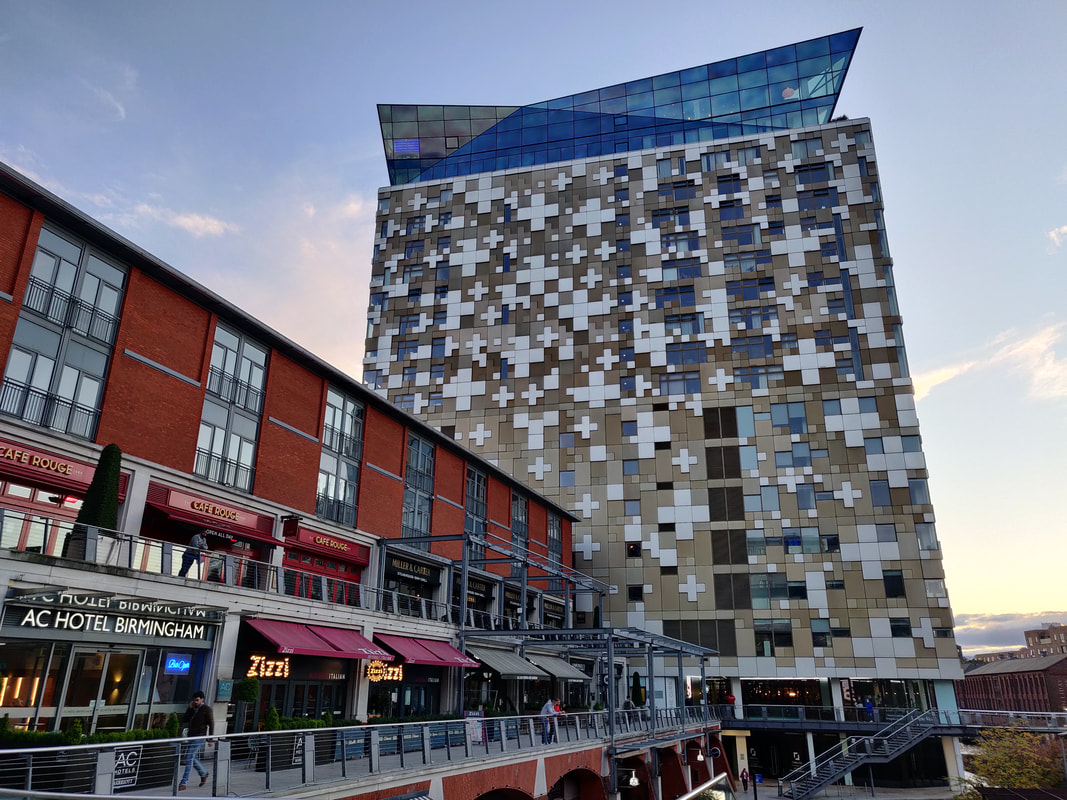
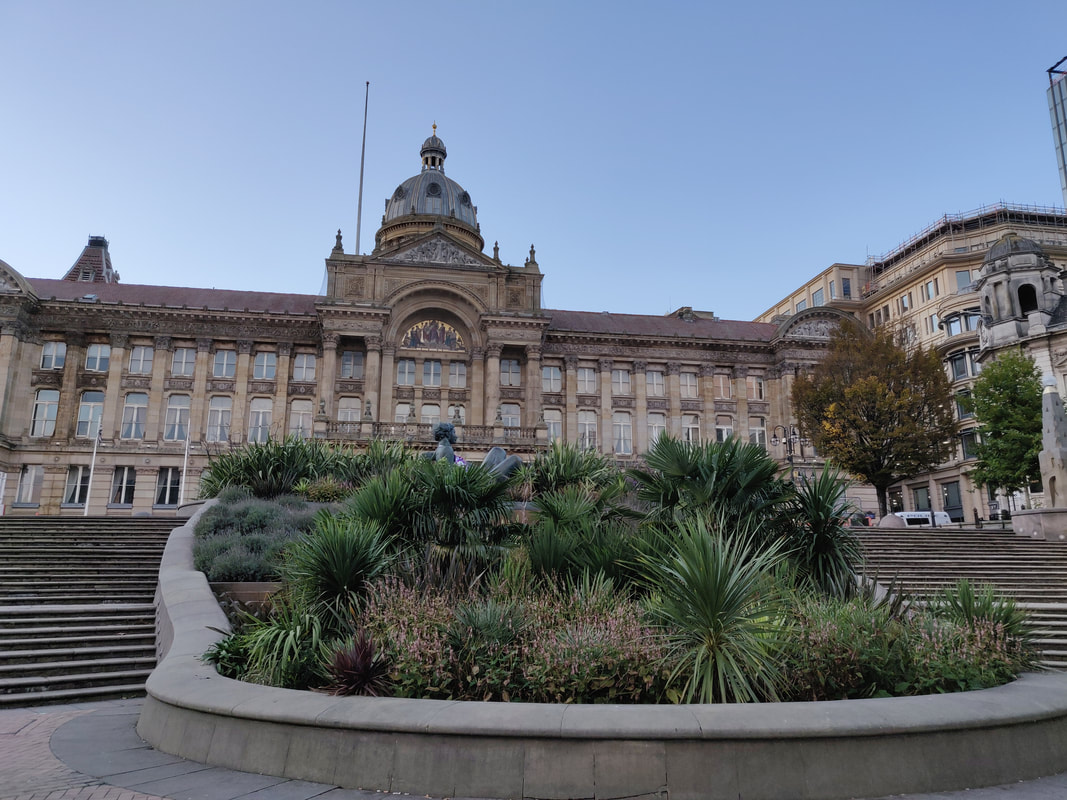
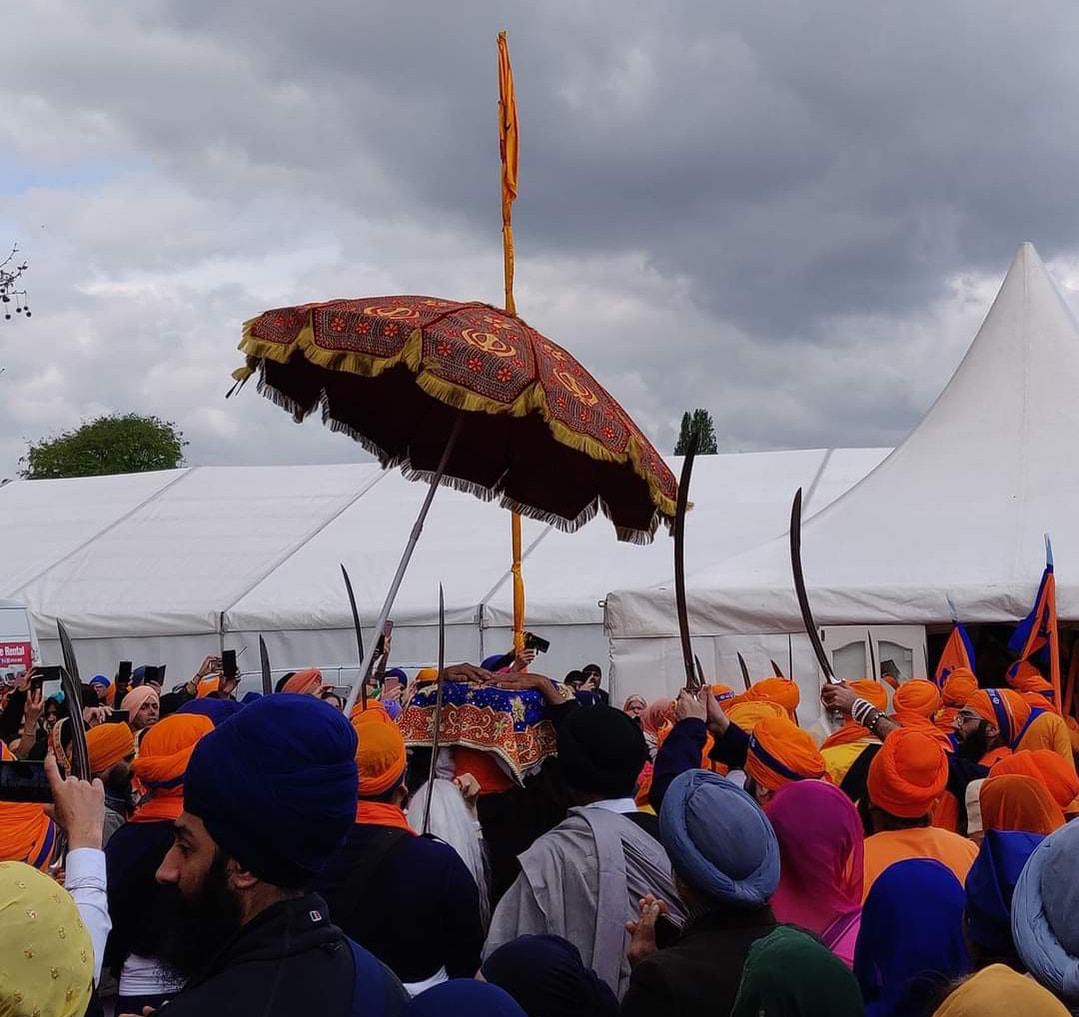
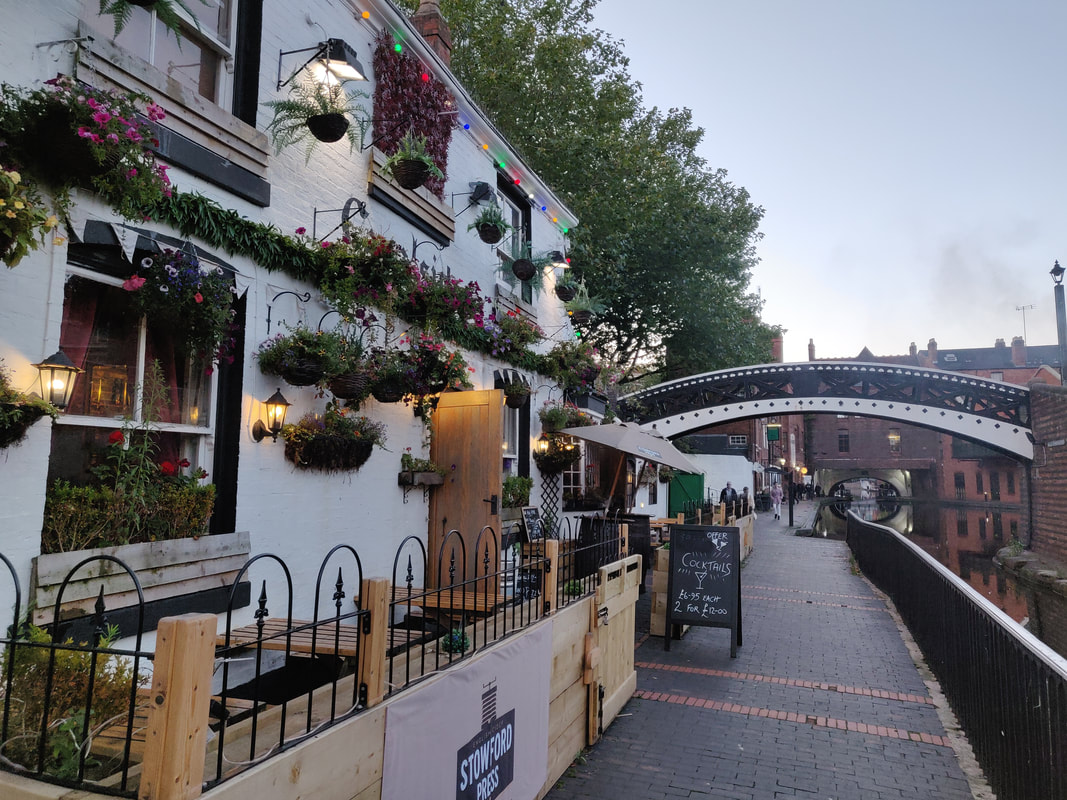
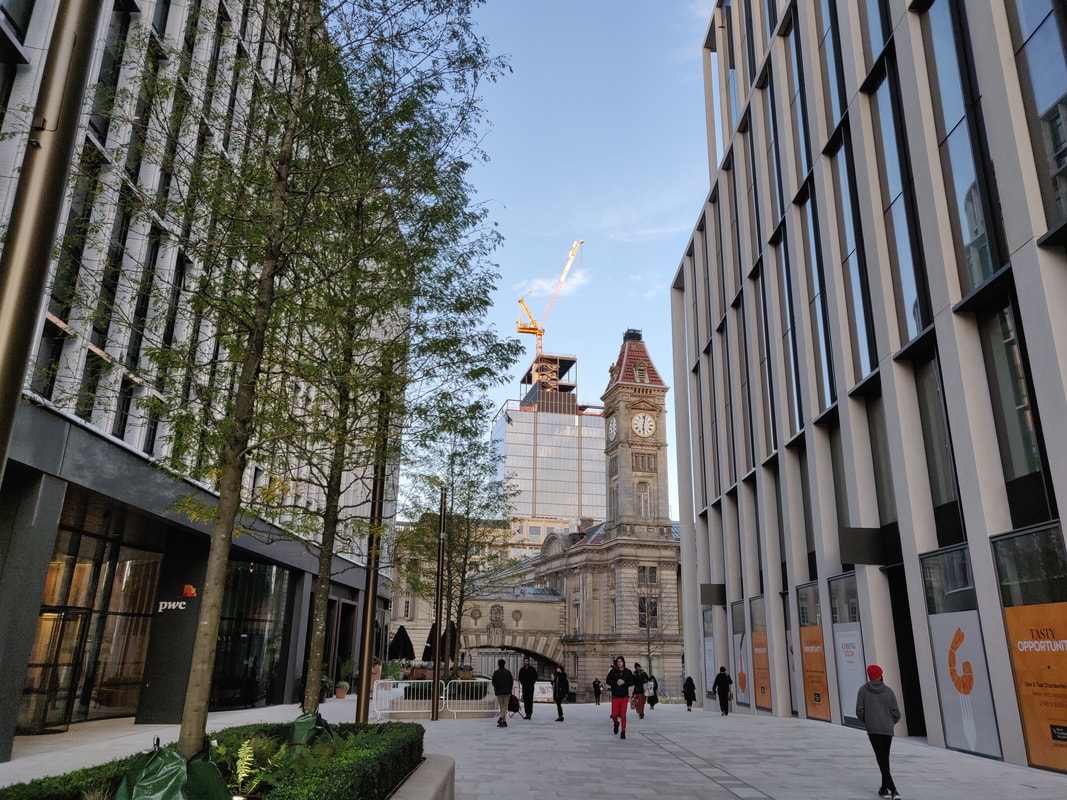
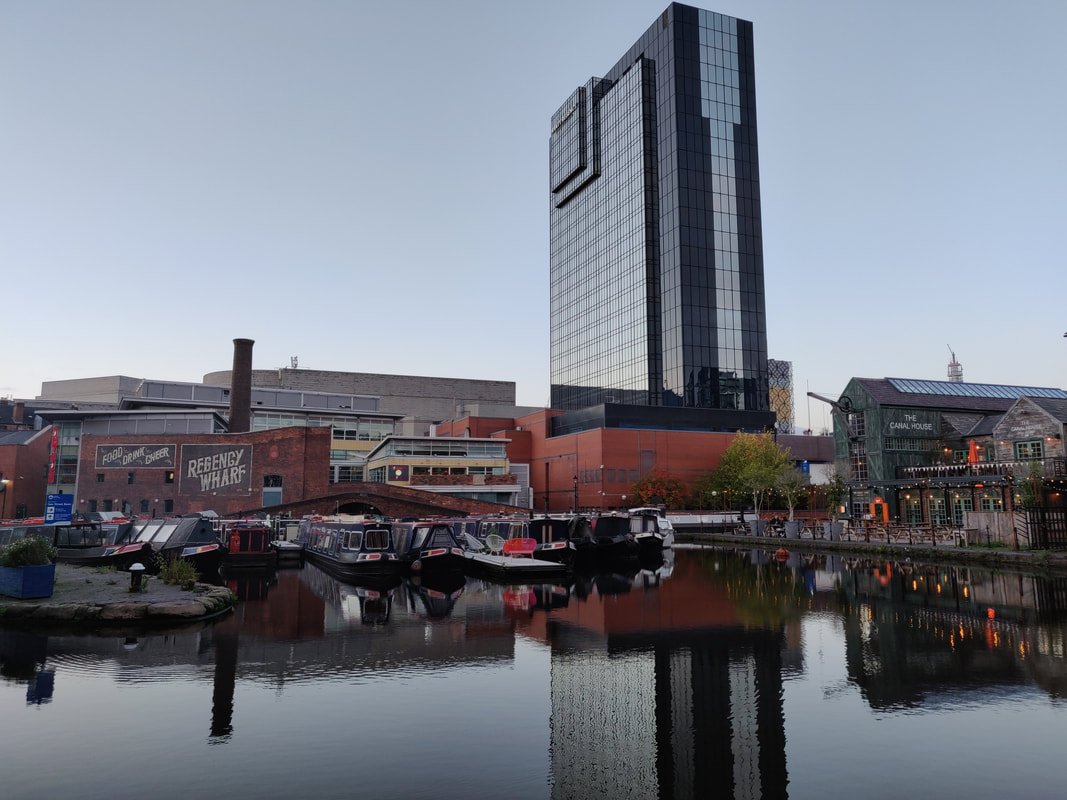
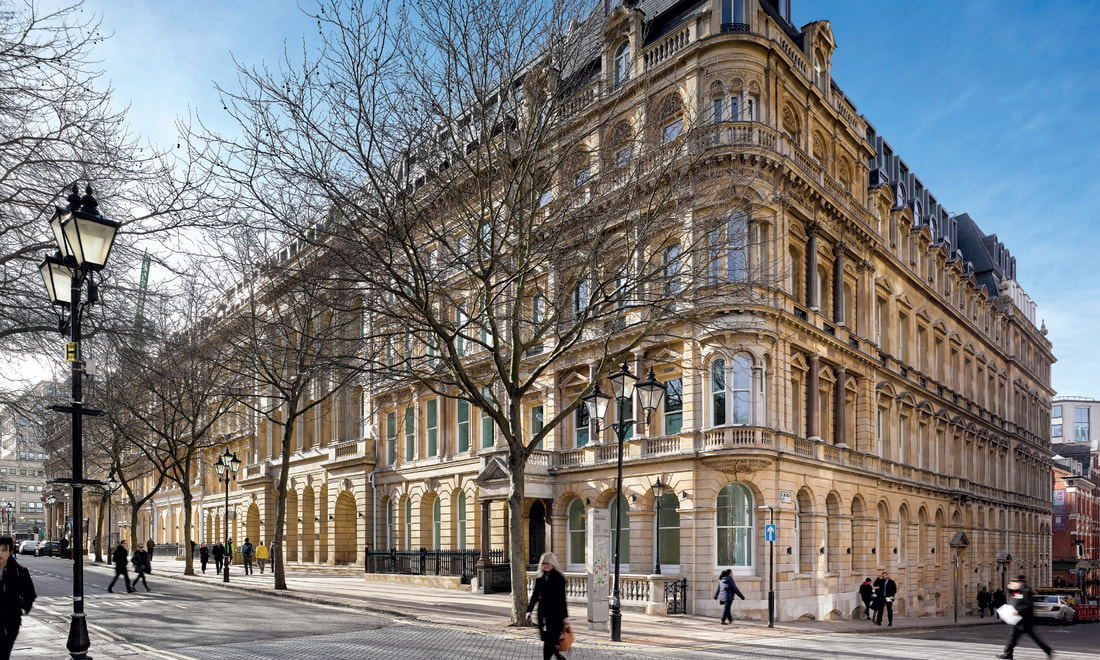
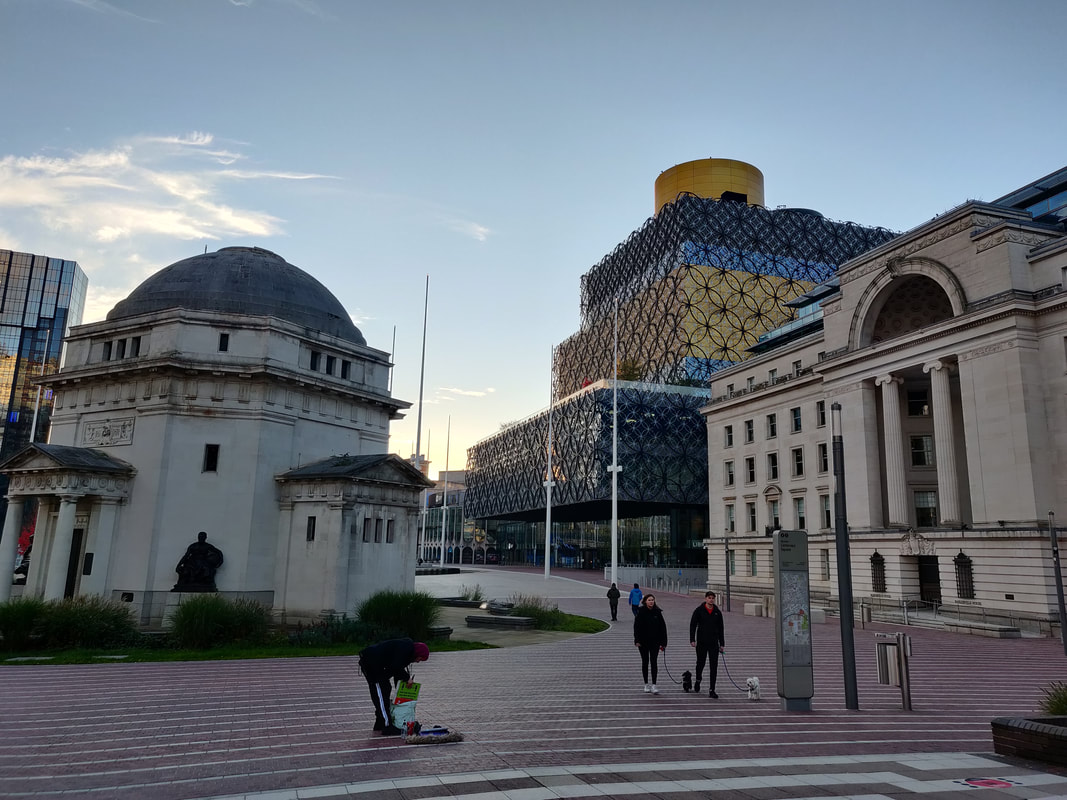
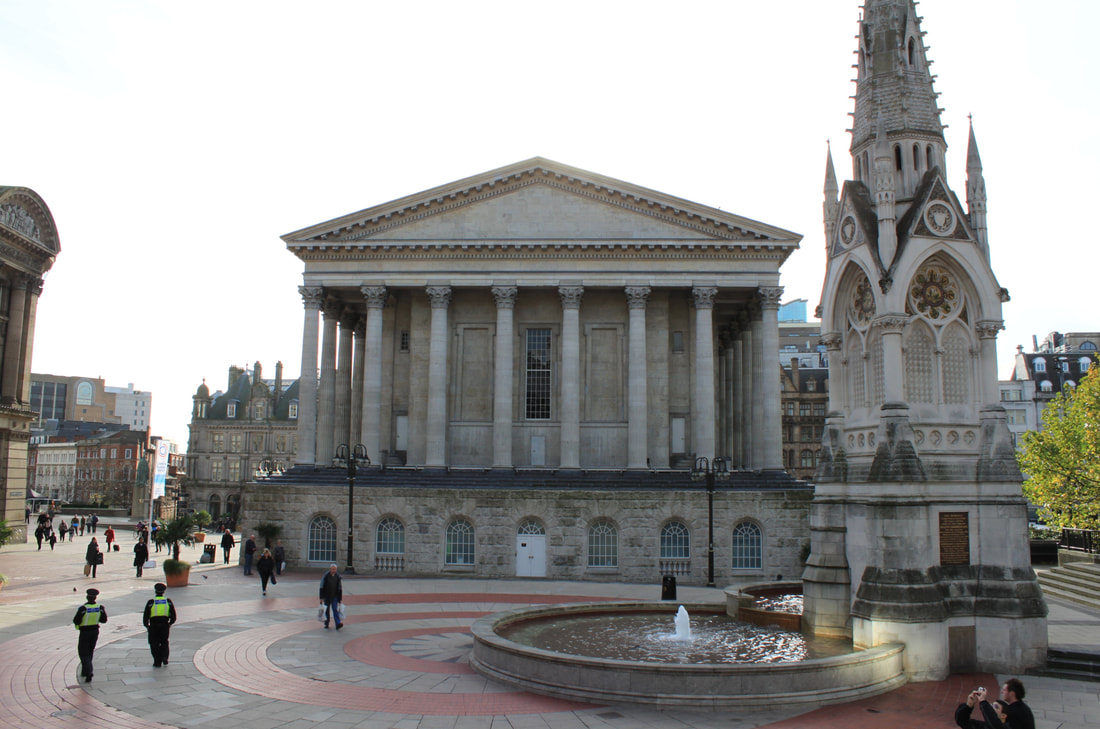
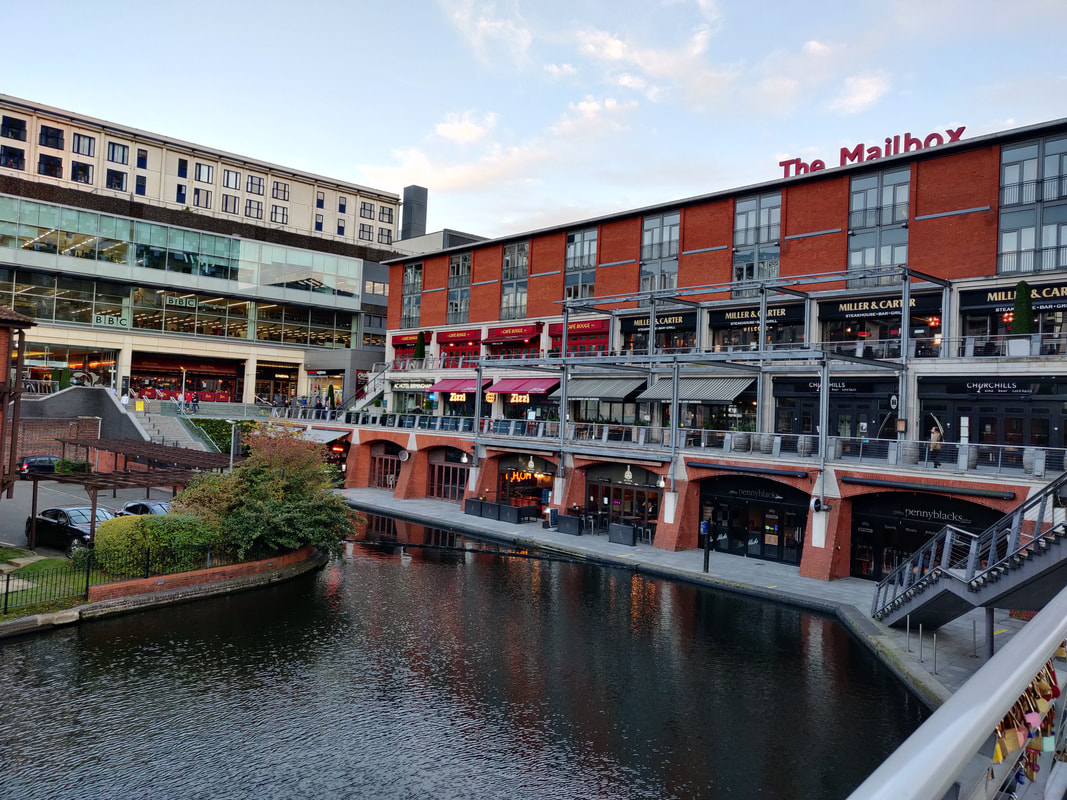
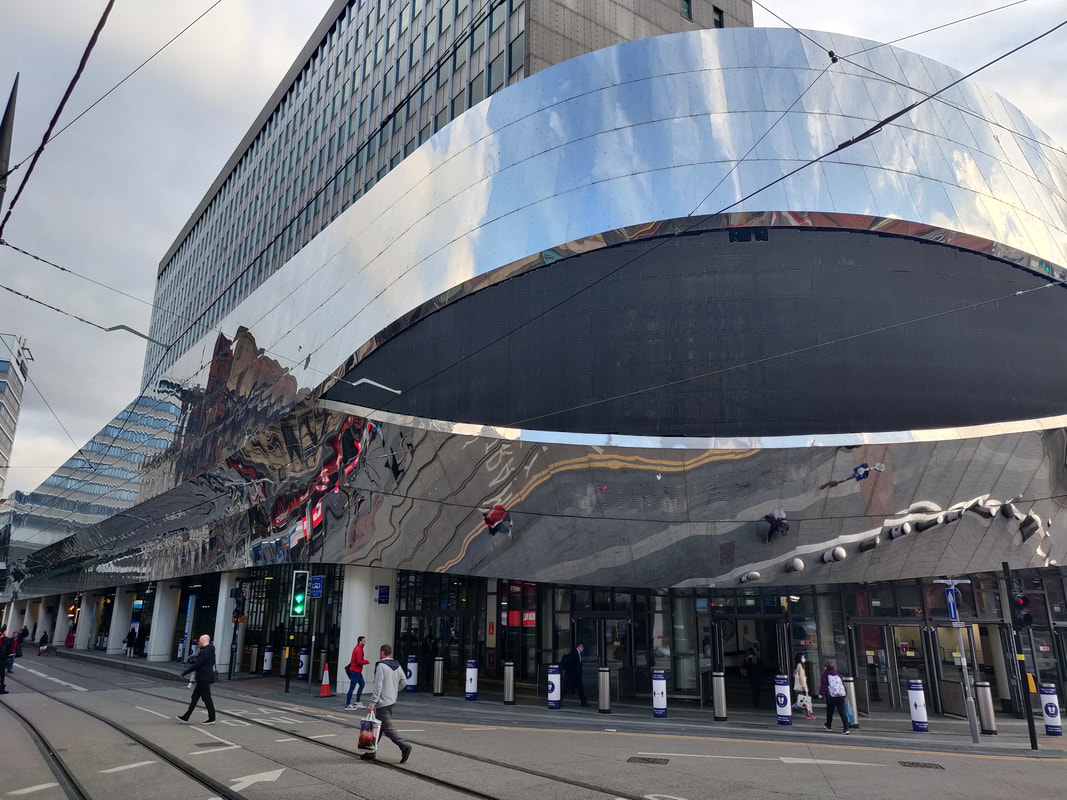
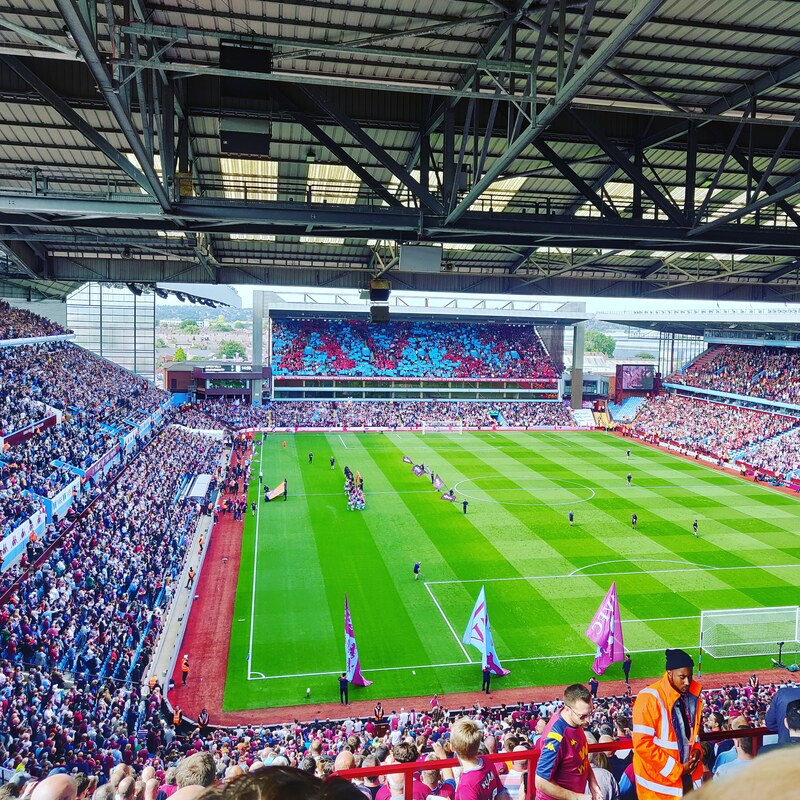
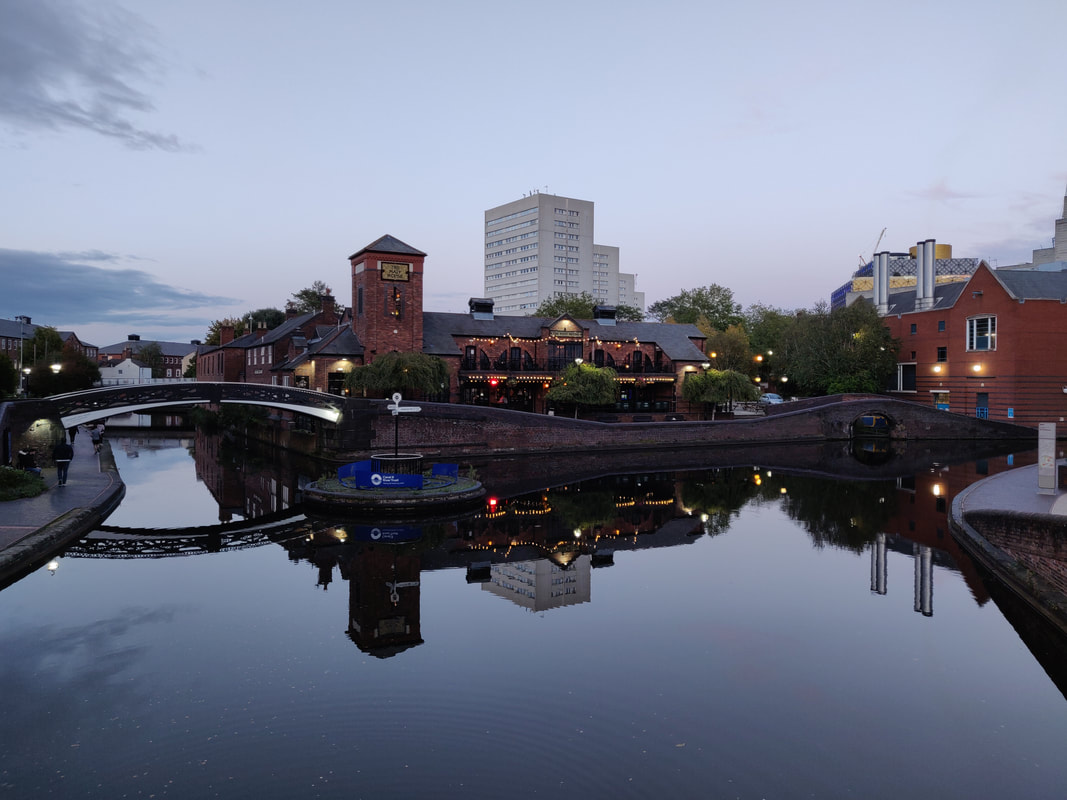

 RSS Feed
RSS Feed